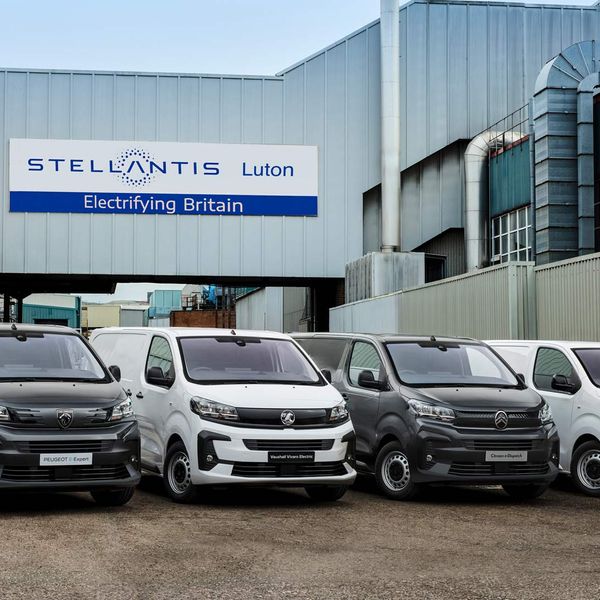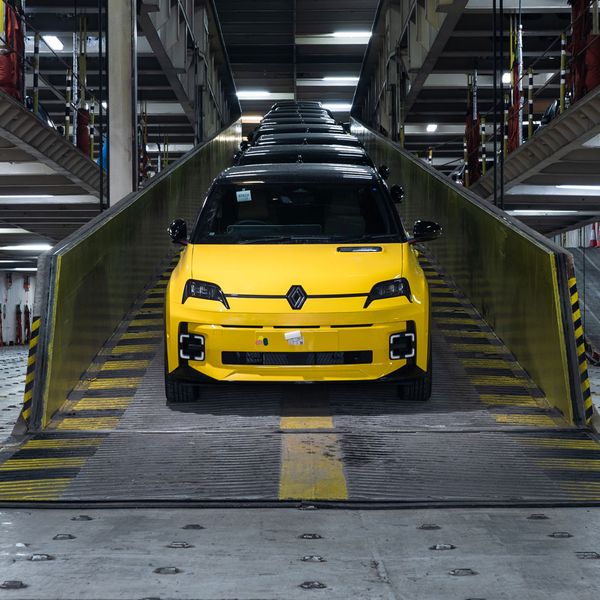Solar panels, or to give them their proper name, solar photovoltaic panels (PV) are all the rage now to counter rising energy bills. For electric car owners, solar panels are a perfect match and knowing you are driving on sunshine when you set off on a journey is a great feeling.
A solar system on the roof of your house can offset the cost of energy bills and if you choose the right tariff, like Octopus Flux, you can get paid a decent whack for energy you don’t use that is exported to the grid.
The downside to that is the amount paid for exported energy is less than the amount you pay to buy it. For that reason, the most efficient use of a solar system is to consume as much of the electricity it generates as you can. You’ve probably guessed the next bit already. If your household consumption can’t soak up what your solar system is generating, using any excess to charge the battery of an electric car is a perfect alternative.
How does charging my electric car using solar panels work?
You don’t necessarily need anything fancy to charge an electric car from your solar system, the chargers you already use will do. Your EV just becomes another electrical appliance plugged in to your household electrics.
To charge your EV using solar energy, first you need a solar system installed at your house. Unless you live in a remote area, the majority of domestic solar systems are “grid tied” which means they are connected directly to your household electrics.
This simply means that when your solar system is generating electricity, you draw less from the grid and your electricity bill goes down.
![]() It makes financial sense for you to soak up the energy in an electric car rather than export to the grid
It makes financial sense for you to soak up the energy in an electric car rather than export to the grid How many solar panels do I need to charge my electric car?
A domestic solar system in the UK works at 240 volts and integrates seamlessly with your household electrics. The size of a solar system depends on how many solar panels can fit on your roof and how much you can afford. You don’t need a specific size of solar system to charge your electric car, all you are really doing is reducing the size of your household electricity bill - and that includes the electricity used to charge your EV.
How can an electric car help me to get the best out of my solar panels?
If you’ve invested in a domestic solar system it stands to reason you want to use as much of the electricity it generates as possible, rather than buying it from your electricity supplier. If you have a larger solar system generating, say, 5kW of energy on a cloudless day and if energy-hungry household appliances like ovens, kettles or dishwashers are all off, then most of that energy will be exported to the grid. In that case, charging the battery of your EV with that excess is the perfect way to capture all of the energy your solar system is generating.
How do I figure out when is the best time to charge my electric car with solar energy?
You can charge your EV at any time as you normally would. But here’s a useful tip. If the solar system app shows the amount being exported is greater than the power of the charger (3kW for a 13amp three-pin charger or 7kW for a wall box), then you will be charging purely on solar energy.
If the amount being exported is less than the power of your charger, your car will be charging using a mixture of solar and electricity from the grid.
![Tom Ford and Juice Booster 2 charge cable]() The 3-pin 'granny' charger could make sure you don't take pricey power from the grid
The 3-pin 'granny' charger could make sure you don't take pricey power from the grid That sounds fiddly. Is there an easy way to charge my EV more efficiently using solar?
If playing with apps and numbers isn’t your thing there are chargers designed specifically for use in conjunction with solar systems to help with that. They can be set to charge your electric car only when they detect surplus electricity generated by the solar system is being exported to the grid.
For example, the Zappi charger from MyEnergi or the EVIOS One are smart chargers with several settings or ‘modes’. It can be set to charge at maximum power like any other fast charger, or charge from the grid at certain times to take advantage of cheaper tariffs. But it can also be set to Eco+ mode to charge using only surplus energy generated by your solar system. In that case, your EV is being charged using 100% solar energy. You can check out other solar charger reviews here.
Is there a way to keep charging using solar energy even when the sun slips behind a cloud?
Yes. Solar systems come in two types. The simplest consists of solar panels and the electronic ‘brain’ (called the inverter) which connects to the electrical system of your house. The alternative is a more expensive ‘hybrid’ system consisting of solar panels and lithium battery packs very similar to the battery in your EV.
With a hybrid solar system, the inverter will feed electricity to the household first, then if more is being generated than the household needs, it will divert the power to charging the batteries. If the batteries are fully charged, any surplus is exported.
Using a solar system with integrated batteries is good for two reasons. First, the house can still be powered by solar power stored in the batteries at night. Second, they store or ‘buffering’ solar energy to maintain a continuous supply of solar power even when a cloud covers the sun.
Do public chargers use solar?
Yes - increasingly. In France there is a law that says all car parks over a certain size must fit solar panels. In the UK, some charge point operators are installing panels as a way to offset energy costs and bypass the backlog of requests for upgraded grid connections to charge hubs.
![]() In France, solar panels are a legal requirement in bigger car parks
In France, solar panels are a legal requirement in bigger car parks  It makes financial sense for you to soak up the energy in an electric car rather than export to the grid
It makes financial sense for you to soak up the energy in an electric car rather than export to the grid 














